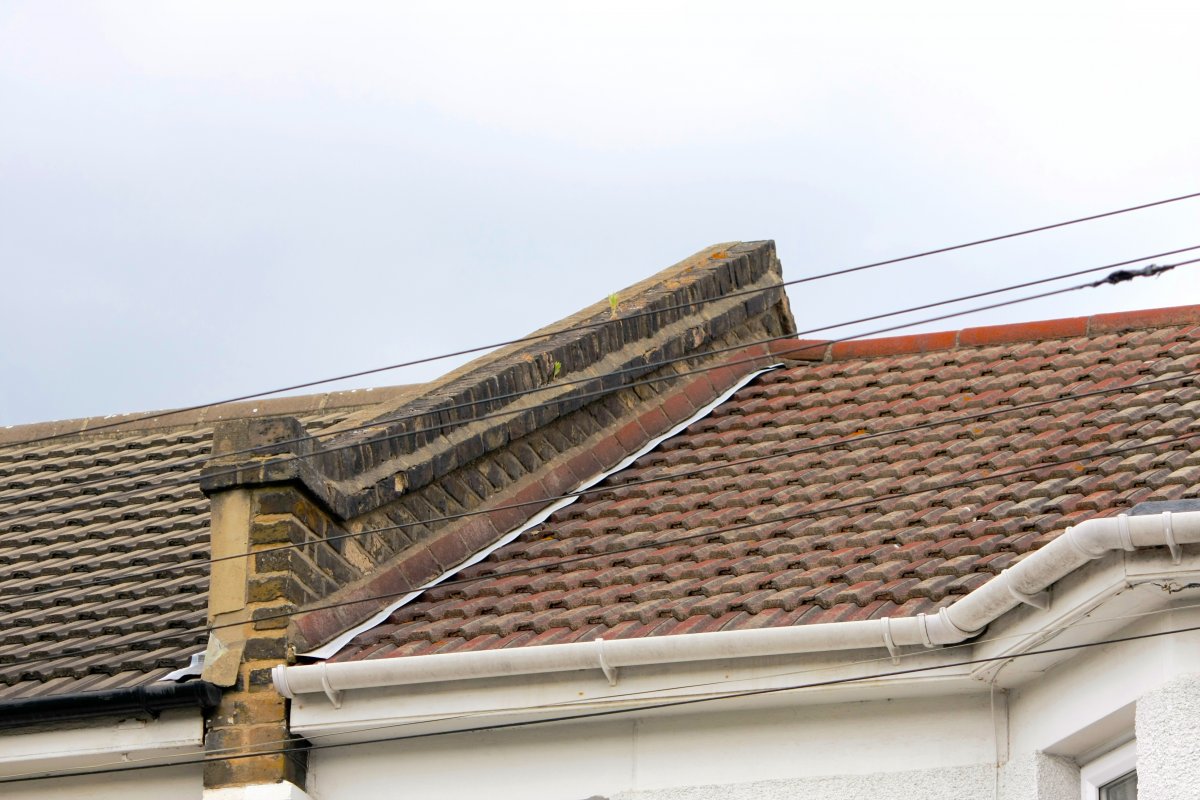Can anyone tell me of any examples of Victorian houses in the area where it looks like the original parapet wall brick-on-edge coping has been replaced with coping stones?
A roofer has suggested it for his repair job, but my instincts say to repair it retaining it’s current form.
For reference:
Brick on edge coping:
coping stones:
https://www.trustatrader.com/media/img/traders/s/v/large/sv-026.c8bwly.qmibed.h79zm3.3c01k3.bxpwld.jpg




